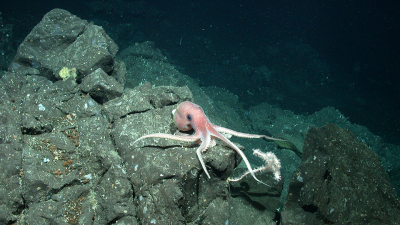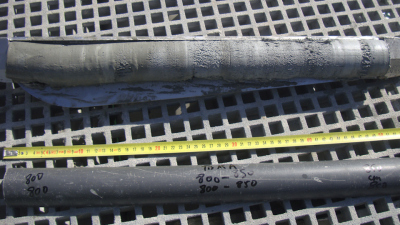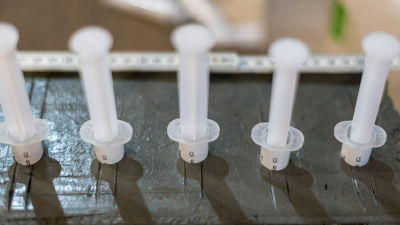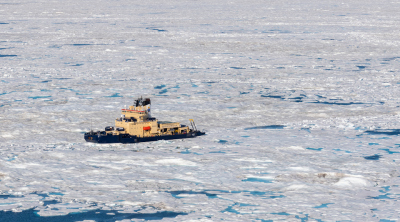Nov 15, 2021
Expedition with the MARIA S. MERIAN to Cap Blanc
The eastern subtropical Atlantic upwelling area off Cap Blanc (NW Africa) is one of the most productive regions in the world. It plays a key role in the ...
+





The eastern subtropical Atlantic upwelling area off Cap Blanc (NW Africa) is one of the most productive regions in the world. It plays a key role in the ...
+
Hydrocarbons, which are an essential component of crude oil and natural gas, form under pressure and high temperatures in the deep ocean floor. In the ...
+
The Department of Geosciences has invited young, international geophysicists to present in our Geoscientific Colloquium this year entitled “Perspectives of ...
+
Carbon occurs on the Earth in a variety of structures and forms. Elemental Carbon is usually formed under conditions of high pressure and temperature. ...
+
Data on biological and ecological issues are collected in a wide variety of ways and from a wide variety of perspectives. Over the years, this has resulted ...
+
To celebrate its founding 50 years ago, the University of Bremen is presenting itself in the city center in October. Lectures, workshops, science shows, ...
+
Robots playing soccer, the climate and ocean popcorn: scientists from Bremen institutes bring their research to pubs. After a long pandemic-related break, ...
+
The 9th and 10th grade students from the Wilhelm-Olbers-Oberschule (WOS) and the Neue Oberschule Gröpelingen (NOG) visit the University of Bremen in ...
+
Scientists from Germany, the USA and the UK used underwater cabled observatory infrastructure and exploration robotics to investigate the variability of ...
+